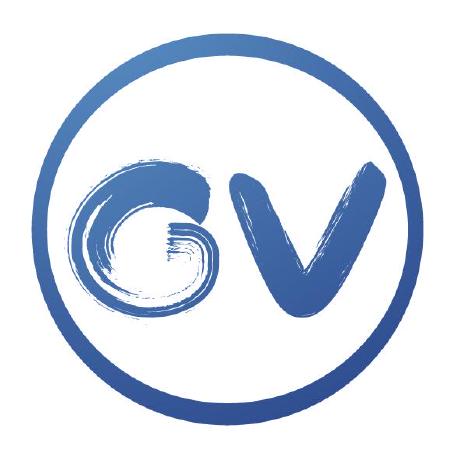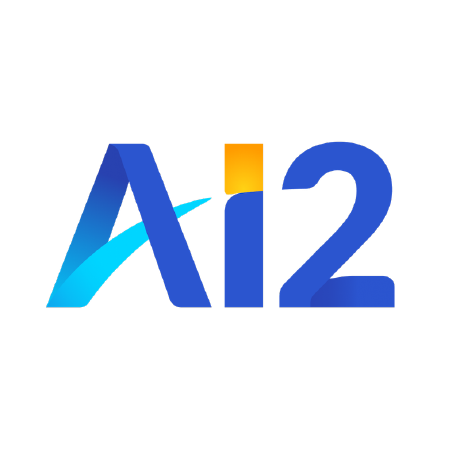Discover and explore top open-source AI tools and projects—updated daily.
VLM2Vec by  TIGER-AI-Lab
TIGER-AI-Lab
Research paper for multimodal embeddings using vision-language models
Top 66.5% on SourcePulse
VLM2Vec provides a framework for training unified vision-language models (VLMs) capable of generating high-quality multimodal embeddings for diverse tasks. It targets researchers and practitioners seeking a single, robust model for various downstream applications, offering state-of-the-art performance on benchmarks like MMEB.
How It Works
VLM2Vec converts existing well-trained VLMs into embedding models by using the last token of the sequence as the multimodal representation. This approach is advantageous as it leverages the power of pre-trained VLMs and is compatible with any open-source VLM backbone. By training on a diverse dataset (MMEB) encompassing various modalities, tasks, and instructions, VLM2Vec achieves robustness and generalization for universal embedding generation.
Quick Start & Requirements
- Install:
git clonethe repository. - Data: Download MMEB-train and MMEB-eval datasets from Hugging Face.
- Training: Requires
torchrun,transformers,datasets,accelerate,peft,bitsandbytes,gradio,einops,sentencepiece,xformers,flash-attn. Supports LoRA tuning. - Inference/Evaluation: Requires
torchrun,transformers,datasets,accelerate,peft,bitsandbytes,gradio,einops,sentencepiece,xformers,flash-attn. - Hardware: Recommended for GPUs with sufficient memory; GradCache can mitigate memory usage for smaller GPUs.
- Links: MMEB Leaderboard, VLM2Vec-LLaVa-Next, vLLM Integration.
Highlighted Details
- Achieves new state-of-the-art performance on the MMEB benchmark with Qwen2VL 7B models.
- Compatible with various VLM backbones including Phi-3.5-vision-instruct, LLaVa-Next, and Qwen2VL.
- Training data includes "original" and "diverse_instruction" splits for reproducibility and enhanced robustness.
- Integrated into vLLM for efficient offline inference.
Maintenance & Community
- Active development with recent releases of new models and features.
- Changelog available for tracking changes.
- Community engagement encouraged via issues.
Licensing & Compatibility
- The repository itself does not explicitly state a license. Code adapted from Tevatron, which is Apache 2.0 licensed. Model weights are typically released under their respective base model licenses (e.g., LLaVa, Qwen).
Limitations & Caveats
- The specific license for the VLM2Vec code and datasets is not clearly stated in the README, which may impact commercial use.
- Training requires significant computational resources and a large dataset.
13 hours ago
1 day

 FoundationVision
FoundationVision h-zhao1997
h-zhao1997 VARGPT-family
VARGPT-family RLHF-V
RLHF-V deepcs233
deepcs233 UCSC-VLAA
UCSC-VLAA OpenGVLab
OpenGVLab gokayfem
gokayfem zengyan-97
zengyan-97 allenai
allenai hiyouga
hiyouga jingyaogong
jingyaogong